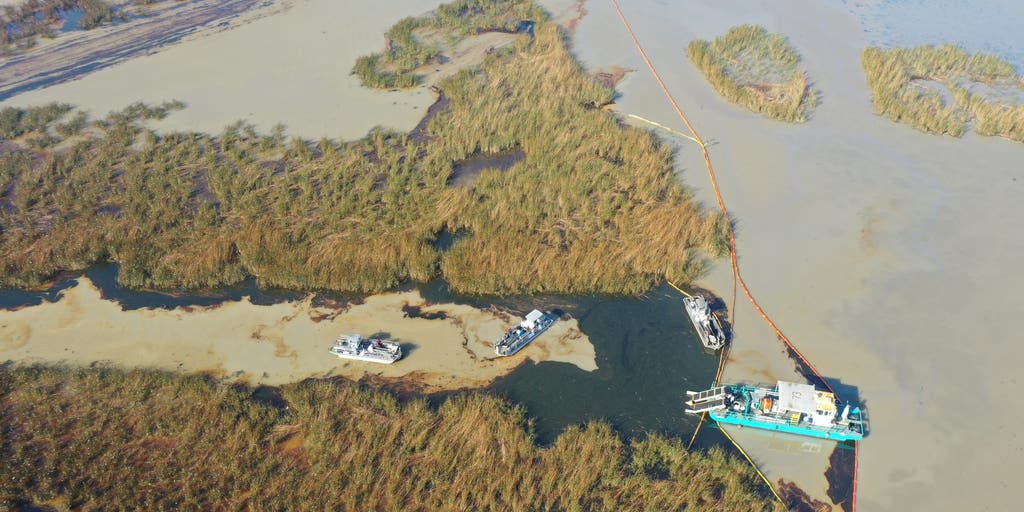Urgent Battle: Environmental Teams Scramble to Contain Coastal Oil Disaster

Environmental agencies are joining forces to address a significant oil spill threatening Garden Island Bay in Plaquemines Parish. Preliminary investigations suggest the contamination originates from an abandoned oil well, raising concerns about aging infrastructure in the region.
The U.S. Coast Guard has been actively managing the cleanup efforts, reporting an impressive collection of over 23,000 gallons of oily water to date. In a promising development, environmental experts have confirmed no immediate signs of wildlife disruption, offering a glimmer of hope amid the ecological challenge.
Local and state officials are collaborating closely to contain the spill, assess potential environmental impacts, and prevent further contamination. The ongoing response highlights the critical importance of monitoring and maintaining legacy oil infrastructure to protect sensitive coastal ecosystems.
Residents and environmental advocates are being urged to remain vigilant and report any observed changes in the local marine environment as cleanup operations continue.
